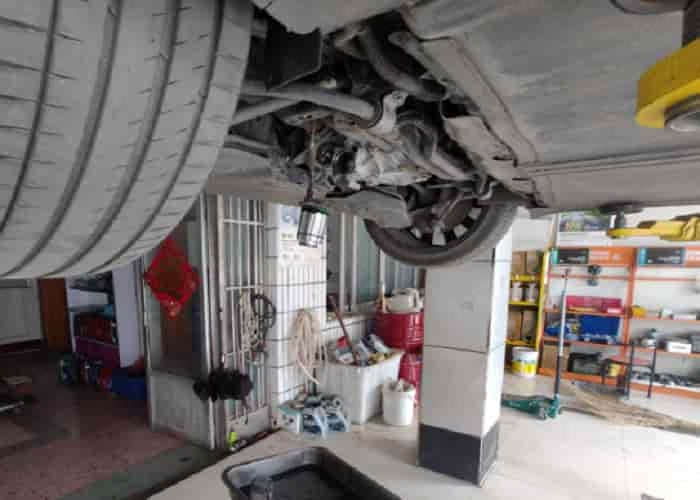With the popularity of new energy vehicles, air conditioning systems have also become an important consideration when buying a car. Compared with traditional fuel vehicles, the air conditioning of new energy vehicles relies on electricity, and the types and energy consumption performance vary greatly. Today, let’s talk about the types of air conditioning in new energy vehicles.
Electric compressor air conditioning (mainstream solution)
Principle: The electric compressor (vortex or swash plate type) is driven by a high-voltage battery, no longer relying on the engine to drive, and has high cooling efficiency.
Advantages: ✅ Independent operation, can be used for a long time when parked ✅ Fast cooling speed and sensitive response
Disadvantages: ❌ Large power consumption, may affect battery life (especially in extreme weather)
Representative models: BYD, Tesla, Weilai and most other pure electric models
Heat pump air conditioning (high-efficiency energy-saving type)
Principle: Similar to household air conditioning, it absorbs or dissipates heat from the environment, which is more energy-saving than traditional electric heating.
Advantages: ✅ Winter heating saves 30%-50% of electricity compared to PTC, significantly improves battery life ✅ High comprehensive energy efficiency, suitable for cold areas
Disadvantages: ❌ High cost, reduced efficiency at low temperatures (below -10℃)
Representative models: Tesla Model Y, BYD Haibao, Xiaopeng G9 and other mid-to-high-end models
PTC heating air conditioner (low-cost solution)
Principle: Direct heating through electric heating wire (PTC ceramic), similar to the principle of “hair dryer”.
Advantages: ✅ Fast heating speed, simple structure ✅ Low cost, commonly seen in economical electric vehicles
Disadvantages: ❌ Huge power consumption (power 5-8kW), winter battery life may shrink by more than 30%
Representative models: Some 100,000-level pure electric models (such as Wuling Hongguang MINIEV high-end version)
Waste heat recovery air conditioner (common in hybrid vehicles)
Principle: Use the waste heat of motors and batteries to assist heating and reduce power consumption.
Advantages: ✅Energy-saving, suitable for hybrid/extended-range models
Disadvantages: ❌Limited effect in pure electric mode
Representative models: Ideal L series, Wenjie M5 and other extended-range electric vehicles.
















Leave a Reply